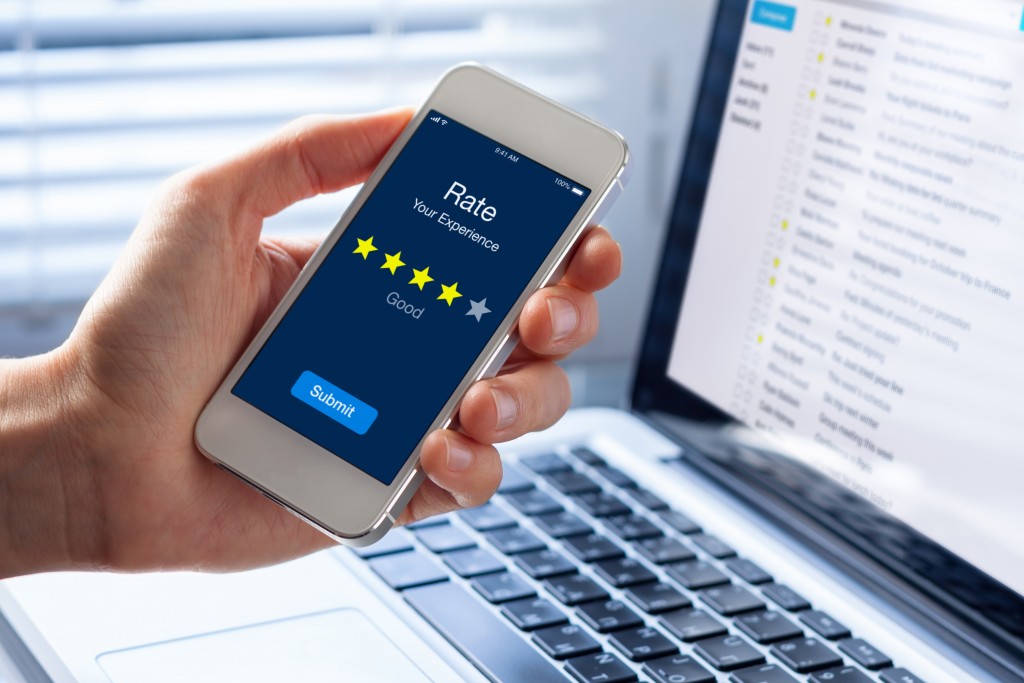Not all people are interested in the topic of fashion. Fewer still are enthusiastic about the specific domain of workplace attire.
But the phrase “dressed for success” does hold a kernel of truth. What we wear has a discernible effect on how we feel.
For years, organizations have had employees adhere to specific dress codes to fully embody the envisioned culture. Yet that collective vision can conflict with the individual’s desire to use fashion as a means of self-expression.
With the pandemic enforcing a widespread shift from the traditional office to the virtual one, workers have gained greater freedom to dress up as they please. Often, comfort has been the main factor in our choice of remote working attire.
But just because you’ve left the real-world office doesn’t mean that your clothing choice no longer matters.
Enclothed cognition
Scientific studies have been conducted to investigate the phenomenon of ‘enclothed cognition’: how the clothes we wear affect our mental and physical performance.
Sometimes, the results can be linked to how others perceive us. For example, an experiment in which negotiators wore informal clothing showed that they obtained less favorable deals compared to the dressed-up control group.
But in other experimental setups, the results could only point to a mechanism of internal enhancement.
According to one study, wearing formal business attire improves abstract thinking, which can be related to increased feelings of power we associate with ‘suiting up.’ In another study, participants demonstrated heightened focus and made fewer mistakes when wearing a doctor’s coat.
These effects seem to extend outside of the typical workplace. Even Olympic fighters showed a significant disparity in terms of results when wearing red instead of blue outfits.
Remote freedom
Remote work may have become more mainstream due to the pandemic, but such arrangements were already being offered by some companies years before. And many employees had been clamoring for this option because of the considerable flexibility it offers.
When you’re allowed to work remotely, it becomes a lifestyle. You may be nominally available within a set schedule, but you allot your time and efforts at your discretion.
Thus, remote employees can choose to play with their kids, do household chores, exercise, or go out on a supply run, as needed. They might be at a cafe, co-working space, or on the commute instead of their home office. The situational variety is far greater than the typical office, where one outfit can suit all occasions.
As this sort of lifestyle flexibility became commonplace during the pandemic, the rise of athleisure became the unofficial dress code of working from home.
Athleisure offers a pleasant balance of comfort and presentability. Crucially, it also allows people to transition between tasks and settings throughout the remote working day without changing clothes.
Exercising intentional choices

With its origins in the sportswear and fitness segment, you could reasonably expect wearing athleisure garments to help with physical tasks via enclothed cognition. But how does it measure up against business casual, for instance?
As with so many of the pandemic’s spillover effects, athleisure’s potential impact on workplace performance has yet to be the subject of study. But you don’t need new studies to realize the value of making intentional fashion choices.
Our lives are immersed in design. The flashing lights of a police car are distinct from others on the road. The facade of an establishment tells you if it’s formal or casual, informing your behavior before you ever set foot inside. Book covers are, in fact, designed to be judged: they appeal to a certain audience, giving a hint of the contents and style within.
Design choices are made to facilitate function and help us navigate the world around us. By cutting down on complexity, design helps us act and think in certain ways without even noticing or making an effort.
This holds of fashion as a sub-domain of design. Clothes are designed to enhance our self-image and communicate specific signals. Donning stretch pants and sweaters is the easy, thoughtless choice. Those clothes happen to fit the remote working lifestyle, but they weren’t designed for it.
Knowing that companies value dress codes in relation to culture, choosing to adhere despite the option to wear something more relaxed can speak volumes. It tells others that you’re making an effort to put on the team colors, so to speak: you’re proud of being a member.
On the other hand, if you want to make full use of your newfound fashion flexibility, try to make an effort to dress up with personal touches. Put on something you’d wear when going out with friends or a hobby convention. It communicates authenticity and maybe a bit of unconventional creativity.
Be deliberate in your fashion choices, and you can exercise control over your performance and the impressions you make, even in a virtual world.


